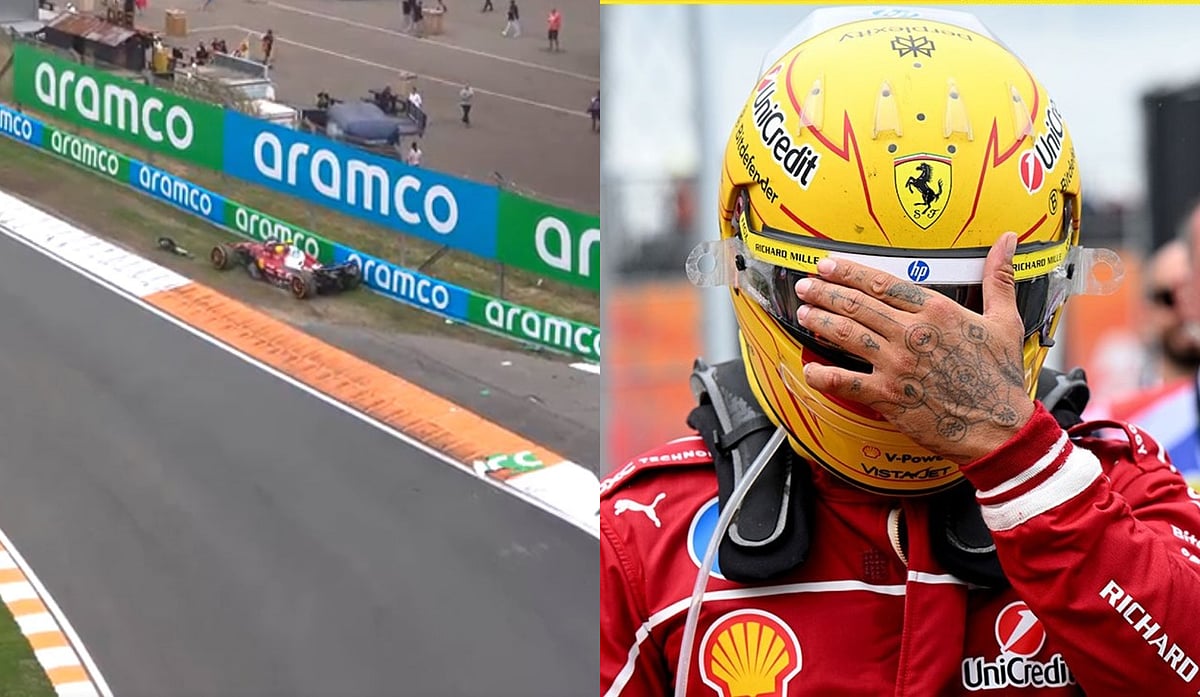The twin challenges of increasing population and the growing need for sustainable living standards is creating demand for more and greener sources of energy.
The pursuit of carbon emission reduction and climate action has led the world to look for newer fuels and opportunities to power growth. Responding to the urgency of sustainable mobility, the Indian government is fuelling the growth of electric vehicles by encouraging investments in the space. The ‘electric mobility call to action’ has also been taken up by India’s academic institutions.

At the second edition of Shell Eco-marathon at the Shell Technology Centre, Bengaluru, students showcase innovation and foster dialogue on clean energy solutions for powering progress in mobility. The students bring their prototypes to the event, participating under the battery-electric category, competing to design, build, test and drive the most energy efficient vehicle.
Team ETA: Named ETA, the 14-member team from Mumbai’s KJ Somaiya College have developed a car prototype that will go a long way in the pursuit of a greener future. The car’s single-cylinder 80-cc gasoline engine drives a single rear wheel through a centrifugal clutch, a chain and sprocket system. The team aims to deliver a mileage of over 200 kmpl at the event. According to the students, it is the responsibility of youth to work on solutions for the planet’s future.

Team Aethon: Jhanvi Puri, Team Manager of the eight-member all-women team from the Indira Gandhi Delhi Technical University for Women (IGDTUW), Delhi, shares, “We came together with the idea of building a super-mileage vehicle with a futuristic approach to save energy. We want to create an energy efficient battery electric vehicle, which is incredibly important for a fuel independent future. Our aim is to build a safer, greener automotive future while breaking all stereotypes concerning women in mechanical engineering.”
Team Aethon has built the prototype battery electric car for making the vehicle environment friendly. To tackle the increasing fuel prices in India, the team unanimously thought about designing a battery vehicle which also reduces the cost of production.
Team Rudra: The 12-member team from Shiv Nadar University, Noida debuts their prototype vehicle which is inspired by the shape of the raindrop. “The car’s outlook is an aerodynamically efficient bio-inspired design which ensures the least drag coefficient.
With the common goal of achieving the highest mileage with the least fuel consumption, the team decided to power the vehicle with hub motors - which have the least transmission losses - instead of making it a chain-driven one,” explains Apoorv Mehta, Team Manager. The team is certain that their combination of aerodynamic design and high-performance engine will achieve an impressive mileage of 200 Km/unit at the event.
Team Kaizen: A 35-member team from Pandit Deendayal Petroleum University, Gandhinagar has designed a car inspired by bio-mimicking a diving kingfisher and modern mimicking a bullet train, a combination of nature and modernity. The team’s car, ‘Nakshatra’, uses electrical transmission.
It is powered by an electric hub motor, which is controlled by an IC controller. The team expects a mileage of 350 km/kwh. Rutvik Ghiya, Team Manager reveals, “To achieve the speed limit, we have shed 7 kg of vehicle body weight compared to previous designs, bringing down the weight of carbon fibre rims to just 250 grams. We have also redesigned the components by enhancing machinability by using non-conventional manufacturing processes.”
Team Akruth: With an objective to reduce the burning of fossil fuels, the 11-member team from New Horizon College of Engineering, Bengaluru has tried to make their prototype as light as possible using combinations of various metals and non-metals.
Powering up the vehicle with a Li-ion battery pack and a hub motor being the drive, it has integrated an electrical regenerative braking system in the controller than using Kinetic Energy Recovery System (KERS). The team is hopeful in holding its record for the driver to exit from the vehicle in less than 3 seconds against Shell’s norm of 10 seconds.
Team Averera: The 24-member team from Indian Institute of Technology — Banaras Hindu University has designed a prototype of a monocoque structure manufactured using lightweight and mechanically sound carbon fibre fabric and resin polymer.
Saransh Upadhyaya, Captian, Team DTU says, “We aim for 550 km/kwh in the battery electric category, as compared to our previous 465.1 km/kwh mileage achieved in Malaysia by the indigenously developed drivetrain vehicle.
To minimize the air drag of the vehicle, the vehicle’s contours are inspired by the most aerodynamic shape in nature i.e. shape of a falling water drop. We had a great support from our faculty advisor, Atul Kumar Aggarwal guided us throughout our journey, offering solutions to challenges we faced.”





